


Framed or unframed, desk size to sofa size, printed by us in Arizona and Alabama since 2007. Explore now.
Shorpy is funded by you. Patreon contributors get an ad-free experience.
Learn more.

- Freeze Frame
- Texas Flyer wanted
- Just a Year Too Soon
- WWII -- Replacing men with women at the railroad crossing.
- Yes, Icing
- You kids drive me nuts!
- NOT An Easy Job
- I wonder
- Just add window boxes
- Icing Platform?
- Indiana Harbor Belt abides
- Freezing haze
- Corrections (for those who care)
- C&NW at Nelson
- Fallen Flags
- A dangerous job made worse
- Water Stop
- Passenger trains have right of way over freights?
- Coal
- Never ceases to amaze me.
- Still chuggin' (in model form)
- Great shot
- Westerly Breeze
- For the men, a trapeze
- Tickled
- Sense of loneliness ...
- 2 cents
- Charm City
- What an Outrage
- Brighton Park
Print Emporium
Electric Code Machine: 1923
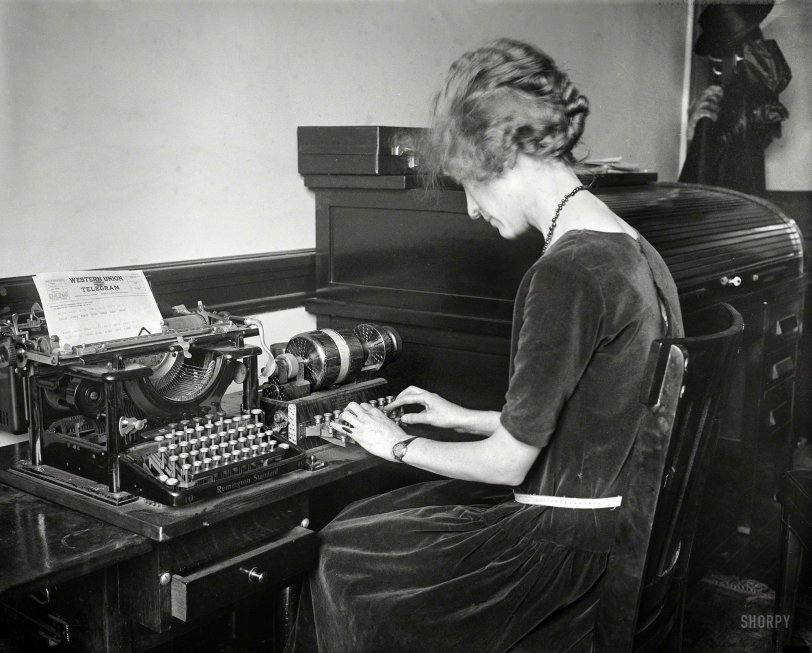
March 1923. Washington, D.C. "Western Union telegram -- electric code machine." Jazz Age cryptography? Harris & Ewing Collection glass negative. View full size.
- 10 comments
- 11618 reads
Final Inspector: 1936
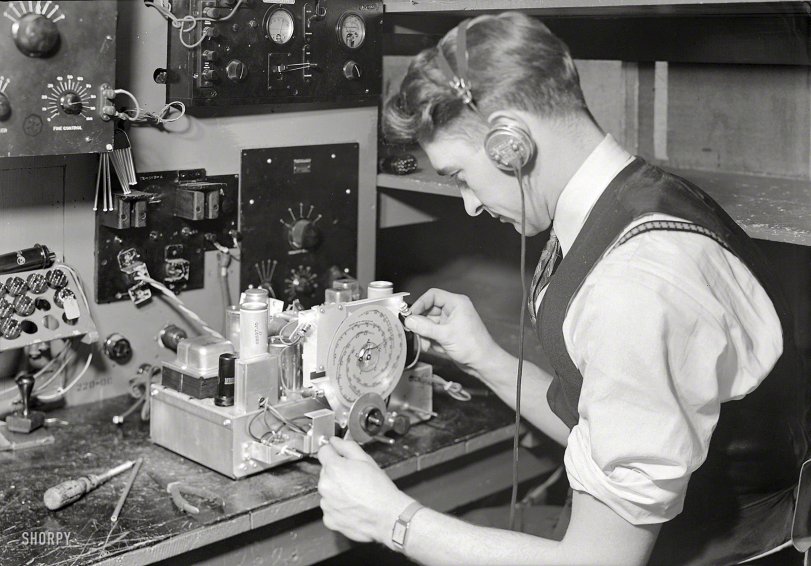
1936. Camden, New Jersey. "RCA Victor Final Inspector -- testing radio frequency alignment and making final test of chassis. This takes place in a room entirely surrounded by copper screening in order to protect testing from any interference. This is the job requiring the highest skill. Even technical training, such as an electrical engineering course, must be supplemented by a course of training at the plant for this particular work." Photo by Lewis Hine. View full size.
- 11 comments
- 16211 reads
The Experiment: 1930
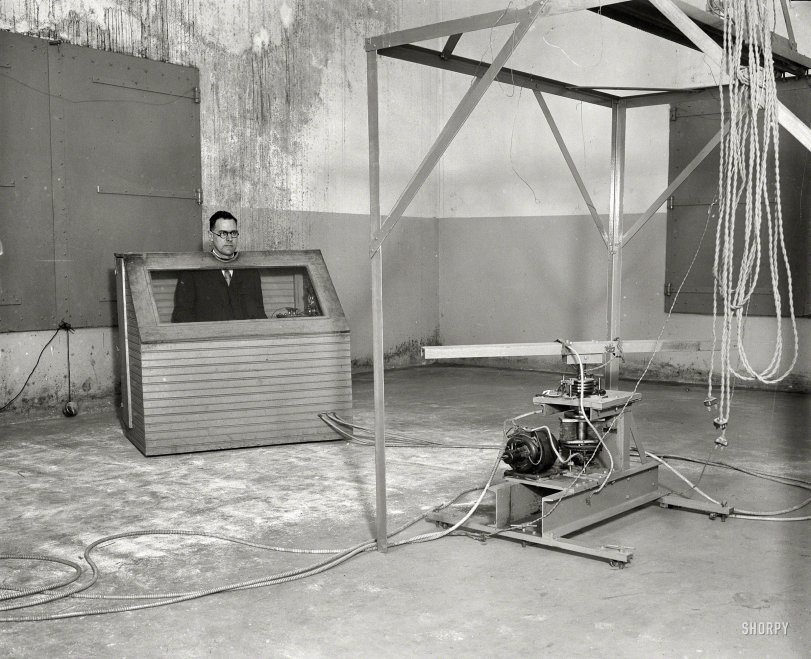
There's no label for this circa 1930 Harris & Ewing plate, but maybe it's best that we don't know what's going on. CLICK AT YOUR OWN RISK.
- 31 comments
- 32637 reads
Now Hear This: 1929
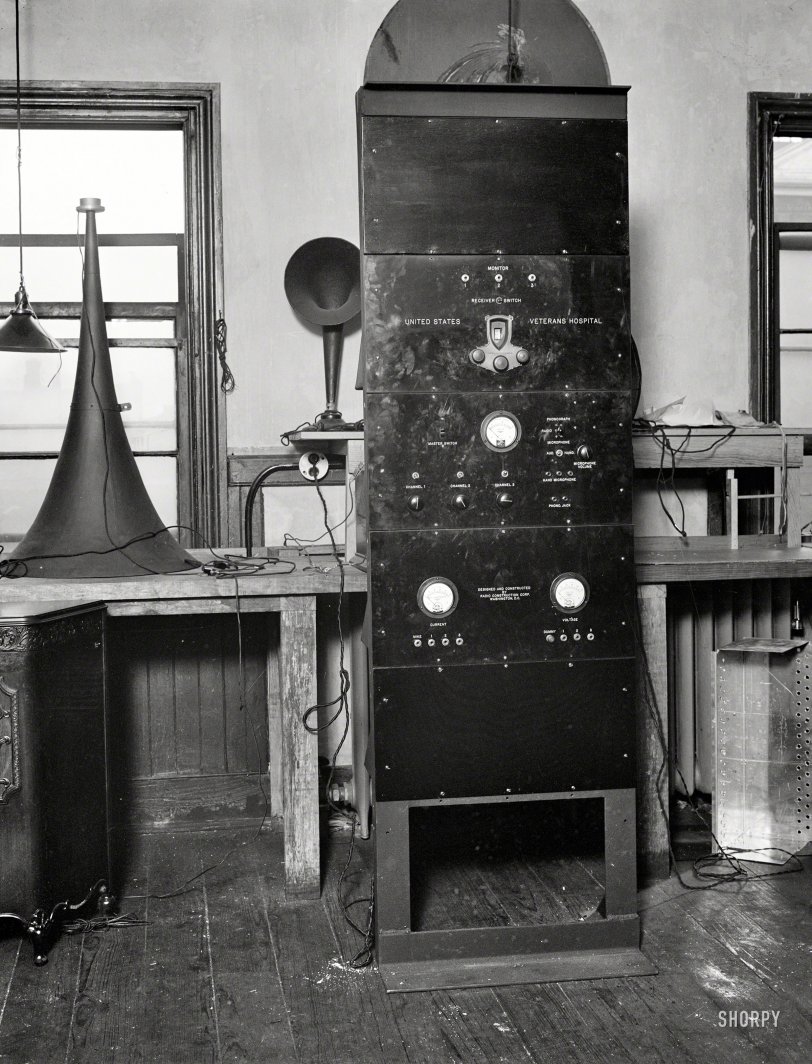
Front panel of The Apparatus posted here yesterday. "United States Veterans Hospital. Designed and constructed by Radio Construction Corp. Washington, D.C." Circa 1929 Harris & Ewing negative. View full size.
- 5 comments
- 10122 reads
The Apparatus: 1929
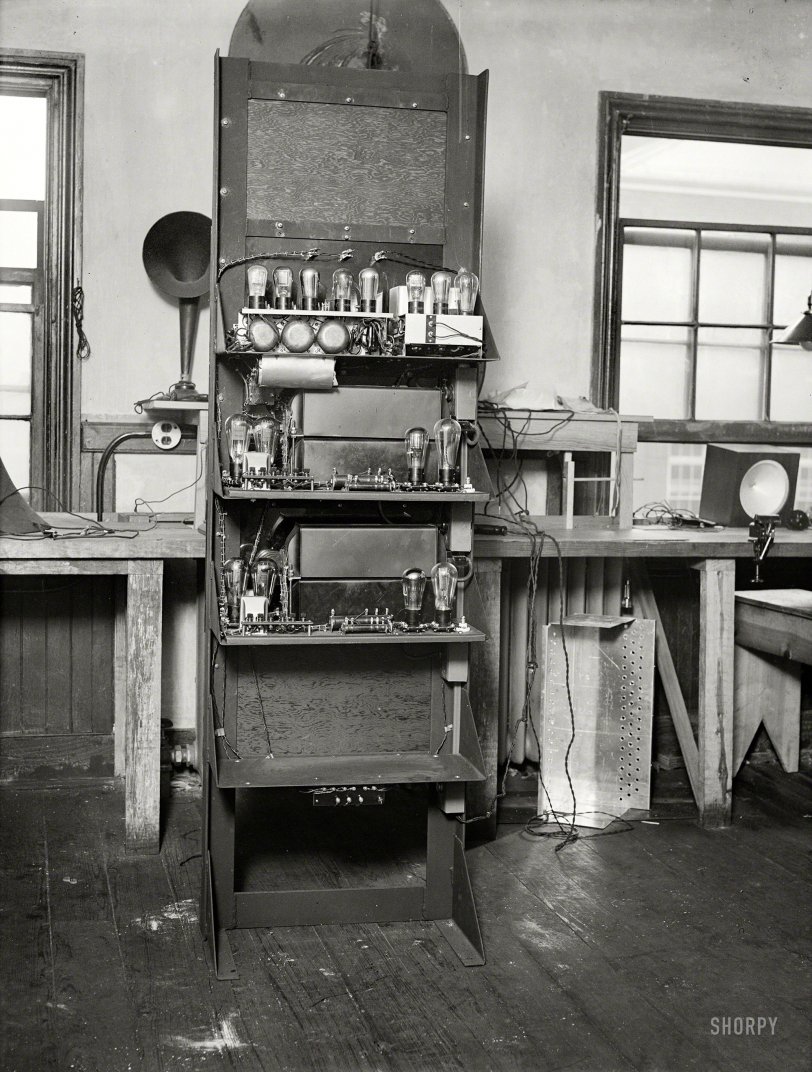
UPDATE: See the front panel here.
Summer 1929 or thereabouts in Washington, D.C. An impressive rack. Of what? Unlabeled Harris & Ewing glass negative, Part 1 of 2. View full size.
- 23 comments
- 16923 reads
Radio Alfresco: 1929
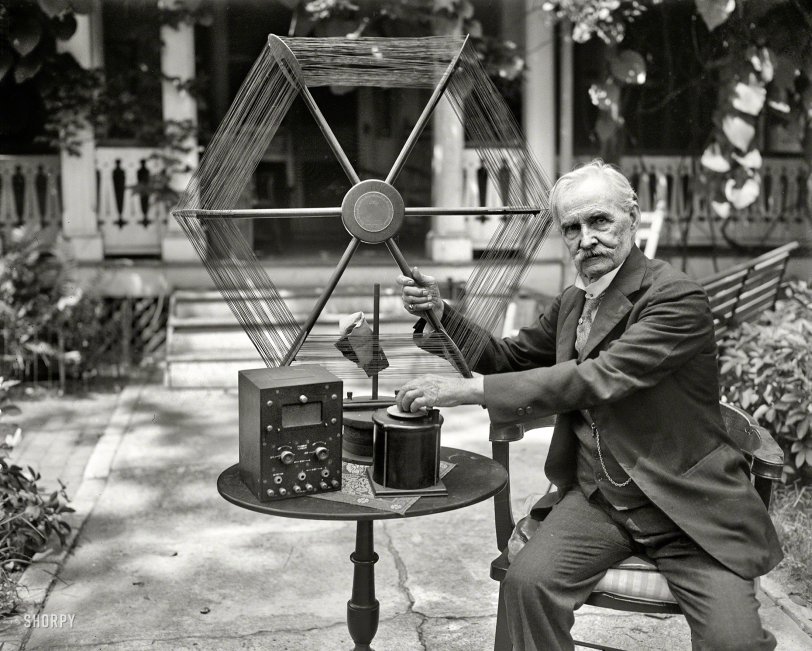
UPDATE: Our subject is Dr. James Harris Rogers (1856-1929) of Hyattsville, Md., inventor of the "loop aerial" and holder of numerous patents in telegraphy, telephony and radio:
August 16, 1929. A Veteran Inventor. About 6 miles from Washington, on the edge of the little hamlet of Hyattsville, Md., may be found Dr. James Harris Rogers, wizard inventor, now 80 years old, retired from his work but still erect and energetic. It was Dr. Rogers who during the war proved that water as well as earth and air is a medium for the transmission of electro-magnetic waves. Through the "well" located on his property, high officials heard German official reports.
Radio apparatus and unidentified operator circa 1930 in this unlabeled Harris & Ewing plate. Who can help us fill in the blanks? View full size.
- 15 comments
- 17369 reads
Steampunk iPad: 1922
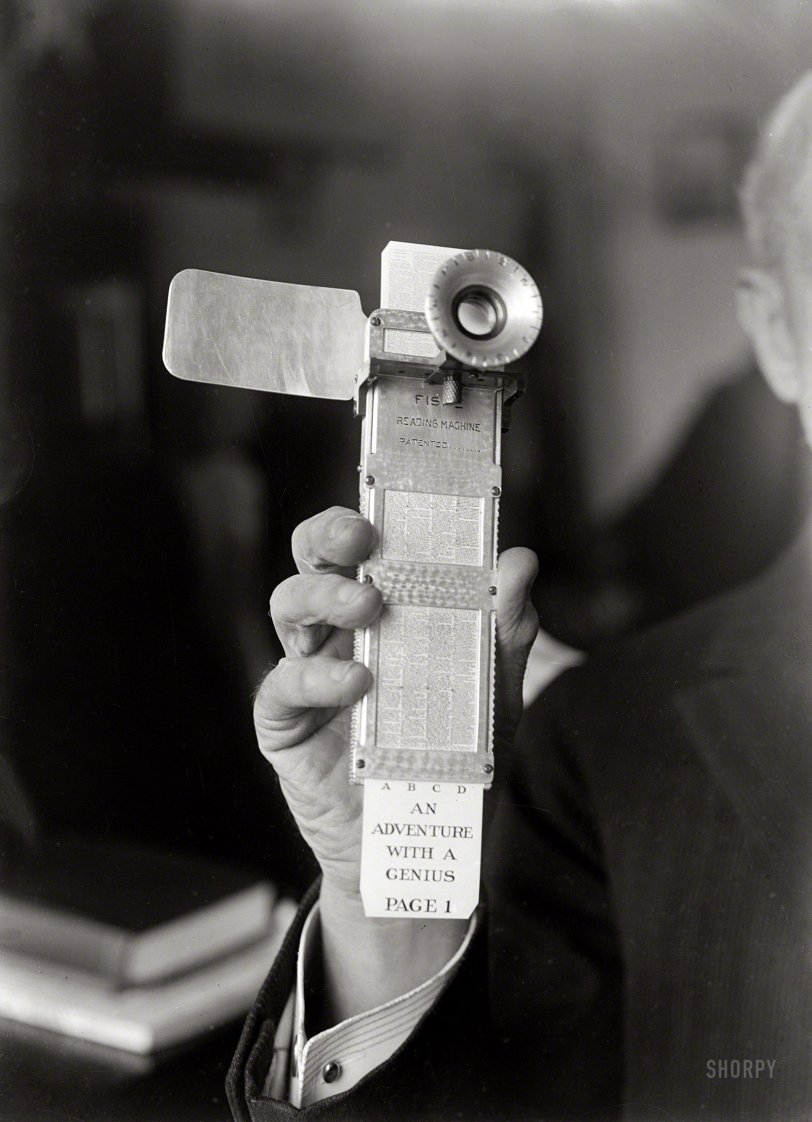
Circa 1922, the Fiske Reading Machine in the hand of its inventor, Rear Admiral Bradley Fiske. Where's the Home button on this thing? View full size.
- 4 comments
- 21392 reads
Ear Buds: 1924
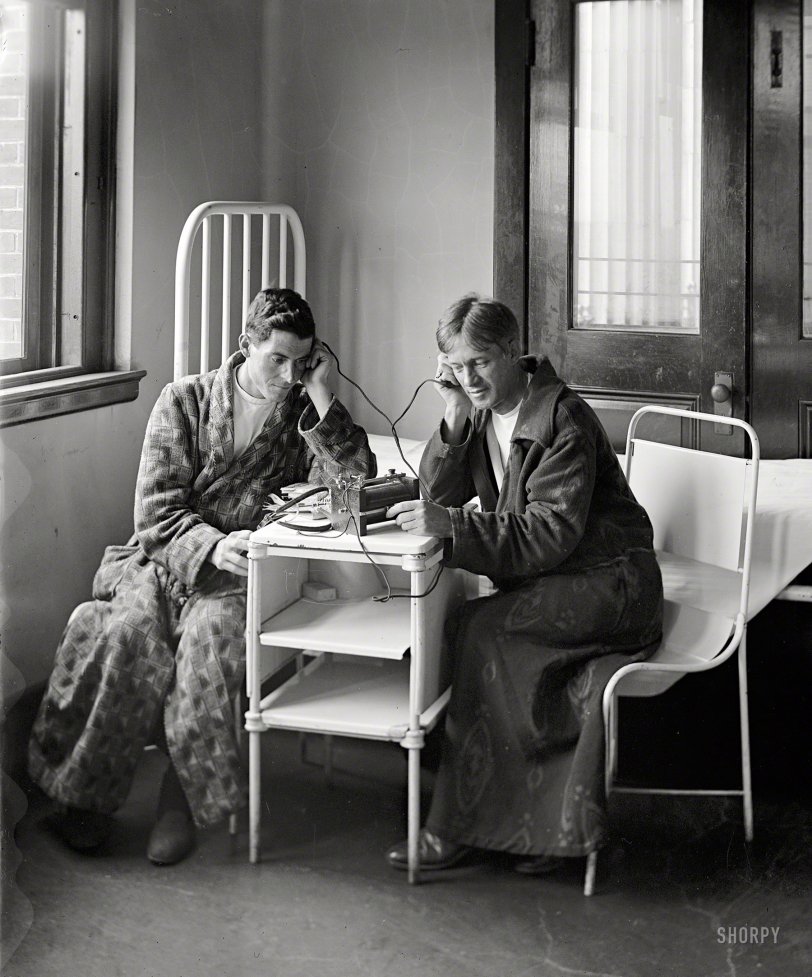
Washington, D.C., circa 1924. "Radio at Garfield Hospital." Someday, fellows, they'll make a telegraph you can carry around in your pocket! View full size.
- 3 comments
- 9306 reads
Keypunch Orchestra: 1937
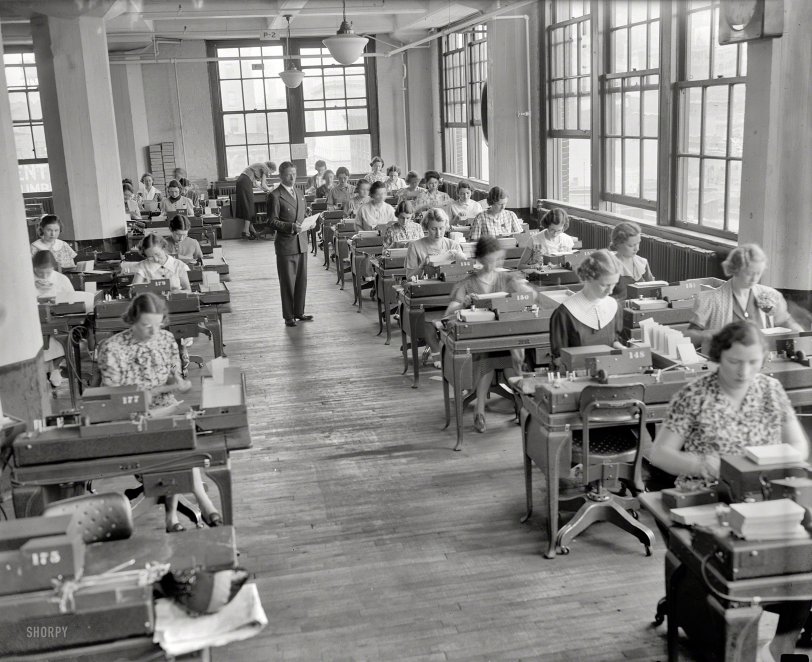
June 1937. "Baltimore, Maryland. For every Social Security account number issued an 'employee master card' is made in the Social Security board records office. Testifying data, given on the application blank form SS-5, is transferred to this master card in the form of upended quadrangular holes, punched by key punch machines, which have a keyboard like a typewriter. Each key struck by an operator causes a hole to be punched in the card. The position of a hole determines the letter or number other machines will reproduce from the master card. From this master card is made an actuarial card, to be used later for statistical purposes. The master card also is used in other machines which sort them numerically, according to account numbers, alphabetically according to the name code, translate the holes into numbers and letters, and print the data on individual ledger sheets, indexes, registry of accounts and other uses. The photograph above shows records office workers punching master cards on key punch machines." Whew. Longest caption ever? Harris & Ewing Collection glass negative. View full size.
- 20 comments
- 23636 reads
Modern Medicine: 1924
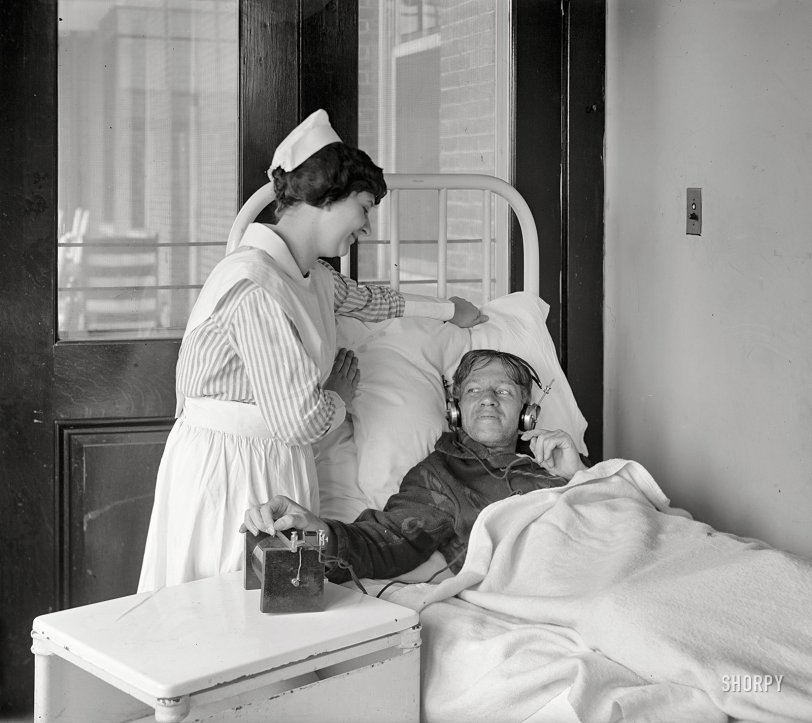
Washington, D.C., circa 1924. "Radio at Garfield Hospital." We're happy to report this patient has been discharged. National Photo glass negative. View full size.
- 10 comments
- 9087 reads
Cranked: 1937
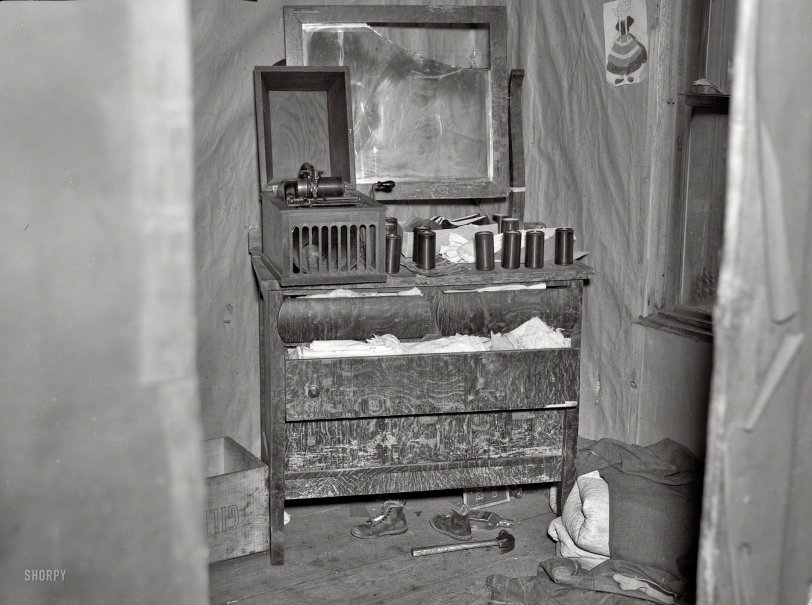
April 1937. "Bureau in the bedroom of the house occupied by the Ingrahams and the Smallwoods near Nelma, Wisconsin." A cryptic tableau if there ever was one. Medium-format nitrate negative by Russell Lee. View full size.
- 12 comments
- 15375 reads
Crank It: 1925
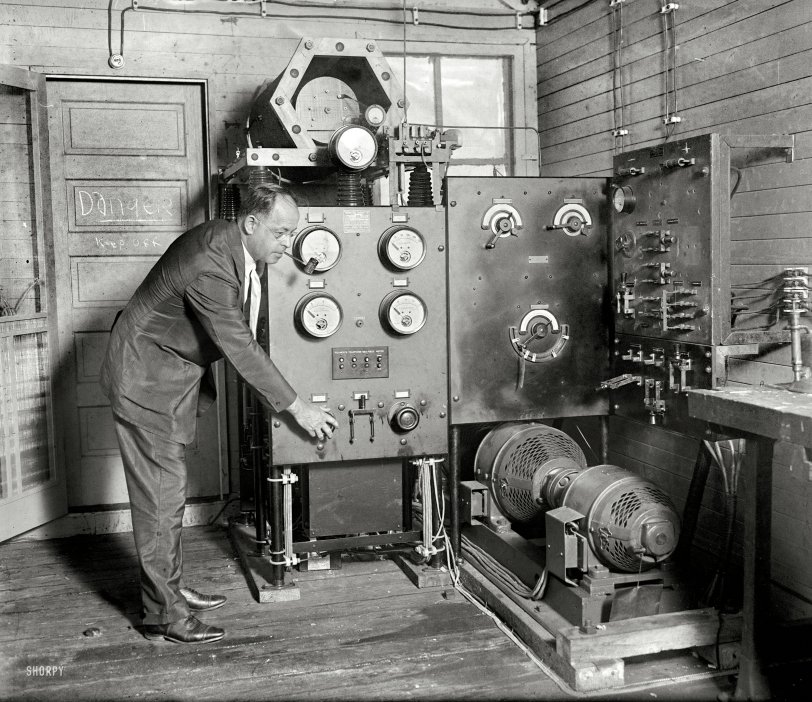
June 29, 1925. "Dr. H.C. Hayes of U.S. Naval Research Lab, Bellevue, D.C." I'll bet that knob goes up to 11. National Photo Company glass negative. View full size.
- 14 comments
- 15704 reads
Through the Wringer: 1938
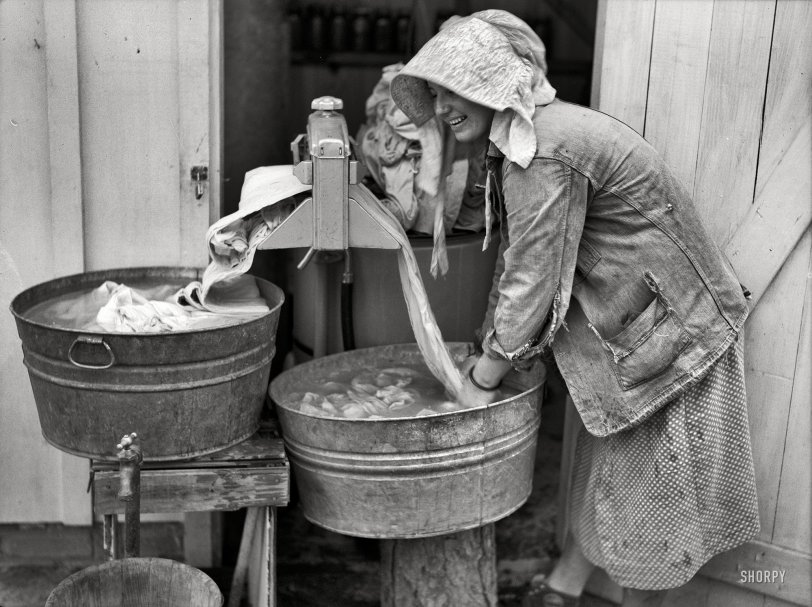
May 1938. Irwinville Farms, Georgia. "Mrs. Coleman doing a washing." Slow but steady progress in the science of mechanized laundry. Medium-format nitrate negative by John Vachon for the Resettlement Administration. View full size.
- 14 comments
- 16653 reads
Hello Fada: 1929
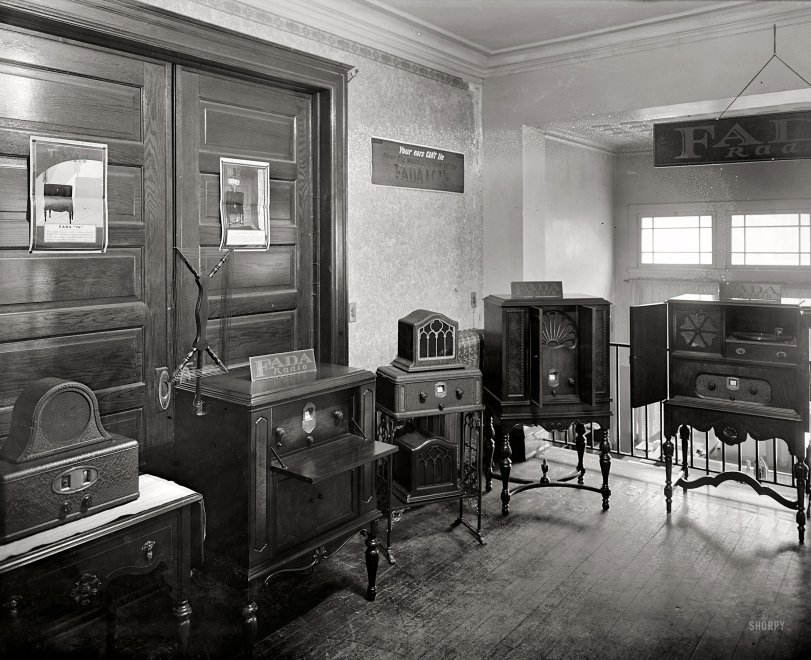
Washington, D.C., circa 1929. "Loomis Radio School." A display of Fada radio sets. National Photo Company Collection glass negative. View full size.
- 10 comments
- 13287 reads
Dynamo Room: 1904
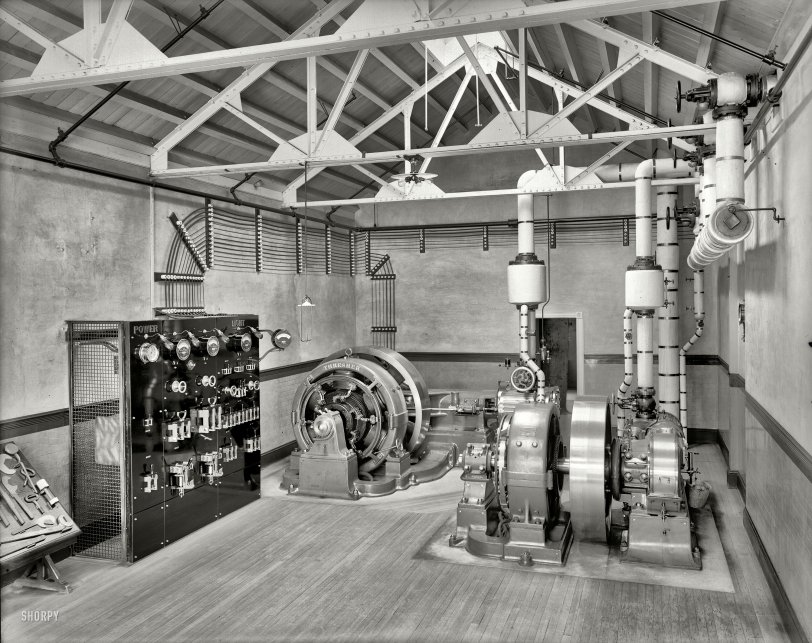
Circa 1904. "Dynamo room with switchboard." Seen earlier here. 8x10 inch dry plate glass negative, Detroit Publishing Company. View full size.
- 11 comments
- 17648 reads























